The final Hobbit movie released, so this month we’re going to tackle the mythological creatures of elves and dwarves.
Elves
There are numerous forms of elves: tall, lithe, “High Elves” (Lord of the Rings), cliche tiny singing elves (Santa), house-elves (Harry Potter), etc. We can’t tackle them all in one post, but it’s important to understand that the defining characteristics of elves differ depending on which country’s folklore we look at.
Norse mythology: These tall, majestic elves are called Alfar and are benevolent (Light Elves) or sinister and powerful (Dark Elves.)
English and Scottish folklore: These human-sized elves torment and harm humans. They would torment people as the slept and often stole children.
Icelandic folklore: These tiny, finger-sized elves called Spae-wives are always female and are experts in divination and healing with herbs.
Denmark folklore: These human-sized elves called Elle Folk like to sing andplay the lyre, but can breathe a fog of sickness over those who come too close.
Spanish folklore: These elves, called Duendes, dress in red, green, or grey, and spend the hours before dawn cleaning or working as smiths for the house they inhabit. They can also cause havoc.
According to old Norse mythology, dwarves and elves are the same creatures, only dwarves are “dark elves” and what we consider to be elves were “light elves.”
Odd facts:
- Men, after death, could be elevated to the rank of elves (Norse Mythology)
- Elves could pass through walls and doors
- They could heal severe battle wounds (Elrond! Kingsfoil!) 😉 – Norse mythology
- Tolkien transformed the depiction of elves in his books, Lord of the Rings, the Hobbit, and subsequent volumes.
Dwarves
Dwarves, at least, maintain some amount of consistency in literature: short with beards. They almost always prefer to live in mountain caves or mines, no matter which country’s folklore we’re looking at.
Norse Mythology – This will probably sound familiar: these dwarves fashion metal into magical objects with expert hands — weapons, cloaks, rings, armor, you name it.
White Dwarves (Germanic Mythology) – Peaceful, kind, and spend their winters underground creating masterpieces of gold and silver. In the summer they like to “frolic” in the woods (I’m trying to imagine Thorin “frolicking”…can’t do it.)
Brown Dwarves (Germanic Mythology) – Brown dwarves are like “brownies” — mischief makers. They sometimes steal human babies, cause nightmares, or play tricks on families.
Black Dwarves (Germanic Mythology) – Bad, bad, bad…these dwarves create the deadliest weapons they can, and they make a habit of setting up false lights to lure ships into the rocks.
Red Dwarves (Native American Mythology) – This dwarf is considered to be an omen of disaster and there have been claimed “sightings” of the red dwarf before riots or other times of havoc.
Dwarves look like old men and are sometimes referred to as “little folk.” They are known for their skill in metallurgy. The term dwarves was used first by J. R. R. Tolkien — prior to that, it had always been dwarfs. Dwarves organize themselves in clans, having a king or chieftan. These folk often had secret knowledge, great wisdom, the power to see the future, and the ability to turn invisible sometimes. (Who needs a magic ring?)
What are some of your favorite depictions of elves or dwarves in fiction?


The chronicles of Narnia dwarves are comical and a little scary at times, but I lean toward Tolkien dwarves more than Lewsi dwarves. Anyone notice that the red dwarves in The Horse and his Boy were cooking Hobbit food? Bacon and eggs and mushrooms with buttered toast. Yummy!